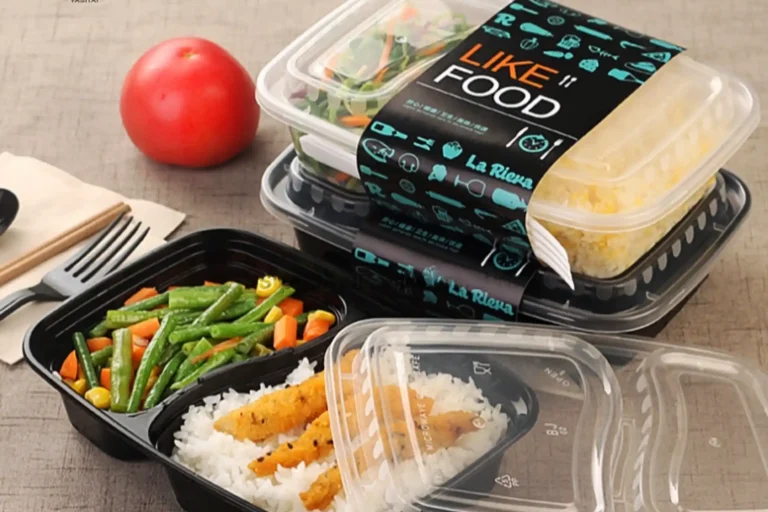De esthetiek van voedselverpakkingen: Vorm versus. Functie
De esthetiek van voedselverpakkingen speelt een cruciale rol bij het beïnvloeden van de perceptie van consumenten en aankoopbeslissingen. While the primary function of packaging is to protect and preserve food, the form and design of packaging also play a significant role in shaping consumer preferences and brand perceptions.
On one hand, packaging that prioritizes form focuses on aesthetics and visual appeal, often featuring eye-catching designs, vibrant colors, and attractive graphics. This type of packaging is designed to stand out on store shelves and capture the attention of consumers, drawing them in with its visually appealing appearance.
On the other hand, packaging that prioritizes function focuses on practicality and usability, with an emphasis on convenience, duurzaamheid, and ease of use. This type of packaging is designed to meet the functional needs of consumers, such as easy opening, portion control, and resealability, while still providing adequate protection and preservation for the food inside.
Finding the right balance between form and function is key to creating packaging that not only looks good but also performs well. Packaging that successfully integrates both aesthetics and functionality can enhance the overall consumer experience, driving brand loyalty and repeat purchases.
Tot slot, the aesthetics of food packaging play a crucial role in shaping consumer perceptions and preferences. By striking the right balance between form and function, brands can create packaging that not only looks good but also meets the practical needs of consumers, ultimately driving sales and building brand loyalty.

Can you be more specific about the content of your article? After reading it, I still have some doubts. Hope you can help me.